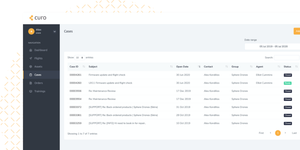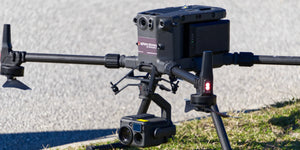Pests are often the cause of millions in dollars' worth of damage to crops every year, resulting in shortages and farmers not being paid for all the work they've done over the season.
To monitor these pests, numerous methods are used, including manually walking through the crops to find nests, damage to the crops, and using satellite data to see the damage over time. Drones are one step above all of this by removing the process of manually inspecting and improving the quality over what satellite imagery can do.

How does pest monitoring work?
- A drone equipped with a multispectral sensor is up above a field of crops.
- The drone is set on an automated route and takes photos to create a map of the field.
- The drone then lands and the data from the multispectral sensor is then processed and looked at to find out where the pests are, how much damage they are causing.
- From here next steps are decided and if possible, pests are then removed using pesticides sprayed from a drone.
Benefits of using drones
- Data can be captured at a much faster rate with more detail as it can fly much closer to the ground.
- Data can be captured with ease when working in hard-to-reach environments with tough terrain.
- Thanks to the ability to send a drone up more often than a plane, data can be compared for more accurate results and help find issues faster.
Images via MicaSense



















